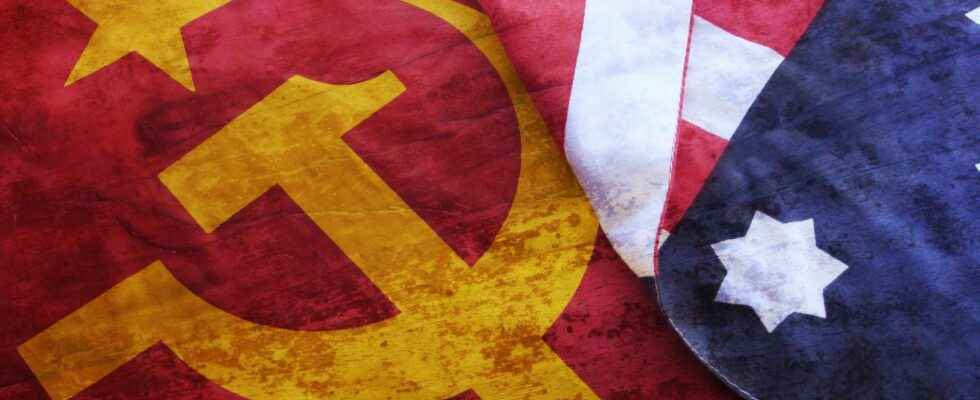The fall of the USSR became almost inevitable in the early 1990s. The USSR is a federal state which, since 1922, has brought together some fifteen Soviet socialist republics to form the largest state in the world. But, since 1985, Mikhail Gorbachev, the General Secretary of the Central Committee of the Communist Party of the Soviet Union, has pursued a policy of reform.
You will also be interested
Fall of the USSR: a dissolution that has become inexorable
Mikhail Gorbachev advocates freedom of expression, but also economic openness and restructuring of society, with Perestroika. This policy has the effect of arousing the peoples of the Soviet republics. For 60 years, the populations of the nations forming the USSR have lived under the dictatorship imposed by the Communist Party. In August 1991, the orthodox communists even tried to overthrow Mikhail Gorbachev, who had become president of the USSR, with the Moscow putsch. It’s a fail. Boris Yeltsin, the reformer president of russiaentered the scene.
The fall of the USSR in three dates
On December 8, 1991, Boris Yeltsin and the presidents of Belarus and Ukraine meet in Minsk. At the end of their exchanges, they concluded the dissolution of the USSR. On December 21, 1991, 11 countries of the Soviet Union decided to put an end to the federal state in Alma-Ata. And on December 26, 1991, after the resignation of Mikhail Gorbachev, the fall of the USSR became effective. The 15 states become independent.
To know
In 1989, the fall of the Wall of Berlin already announced the fall of the USSR. Mikhail Gorbachev celebrates the 40th anniversary of the GDR on October 7, but the demonstrators beg him to help them. A month later, on November 9, the Berlin Wall was destroyed.
Interested in what you just read?
